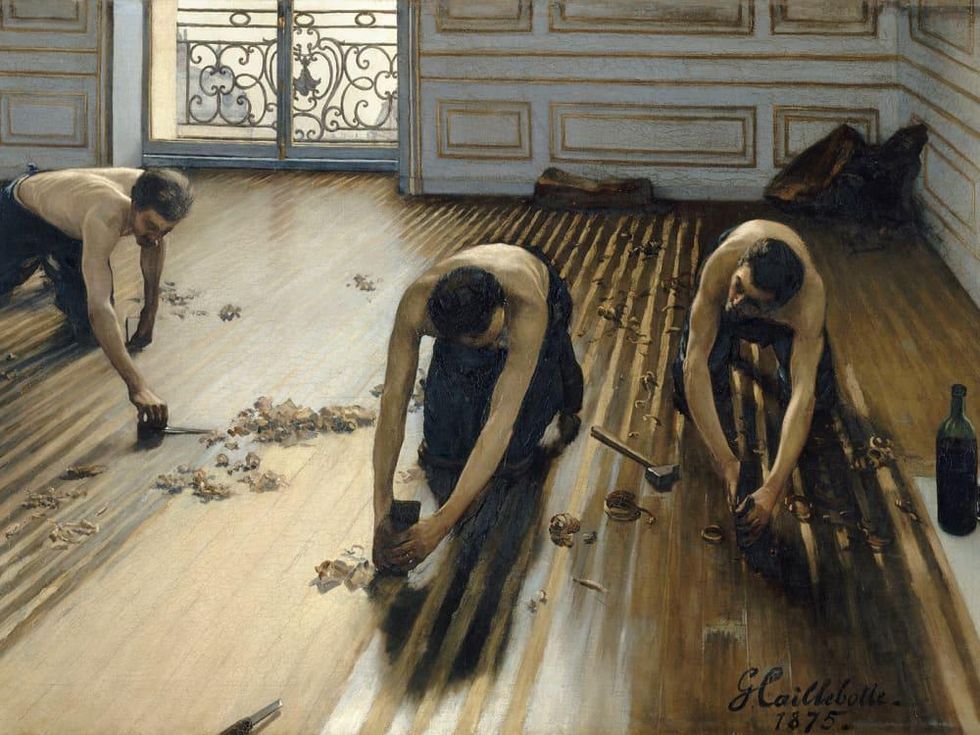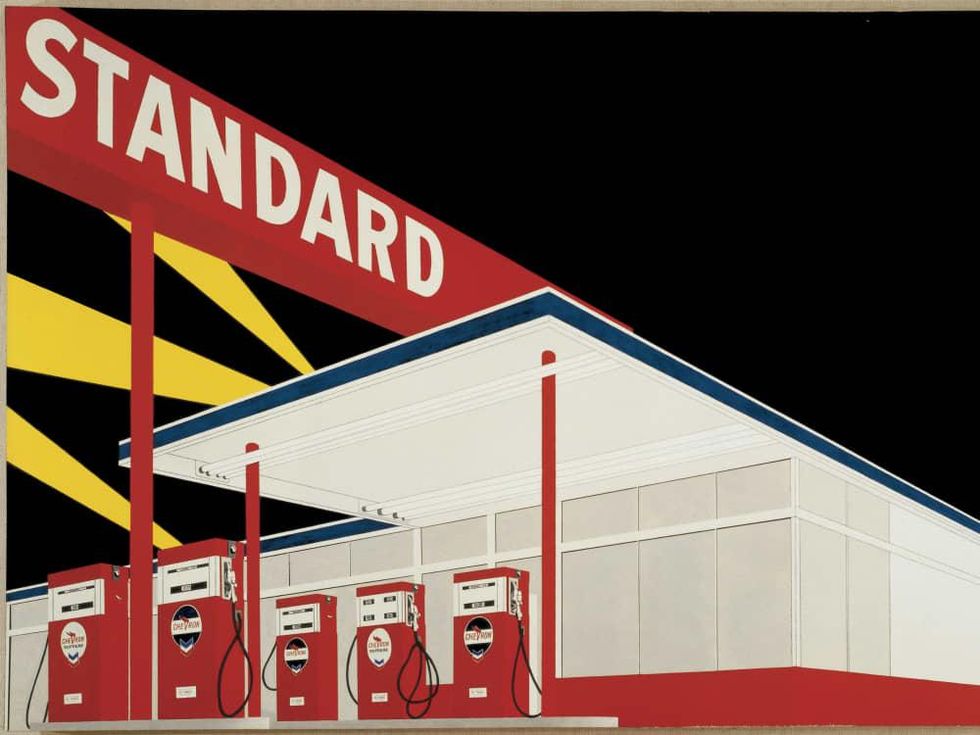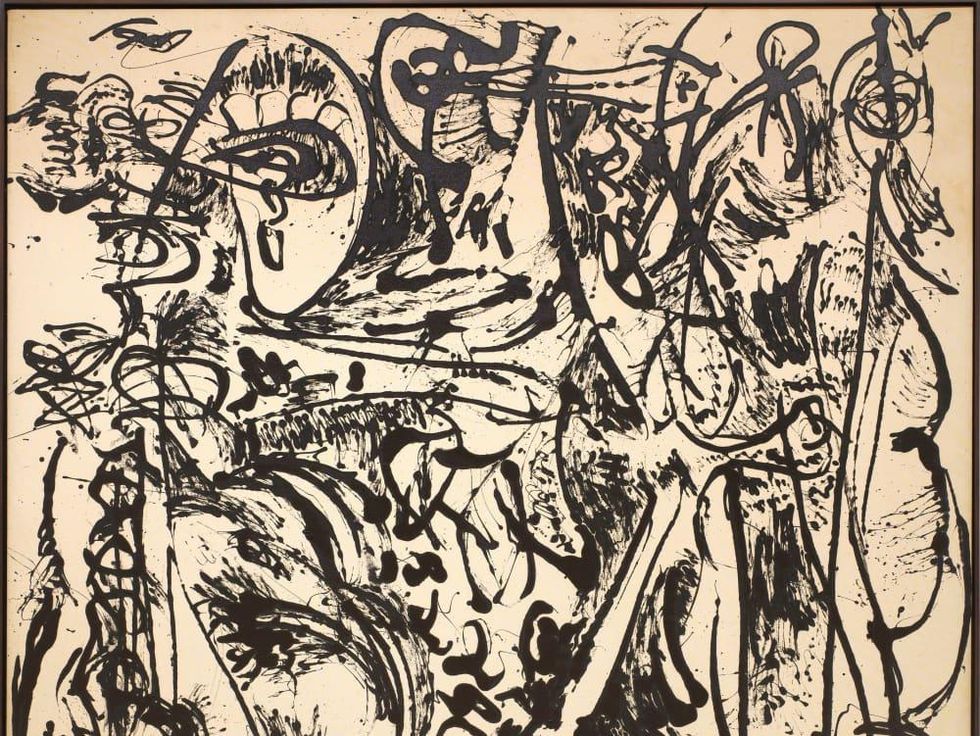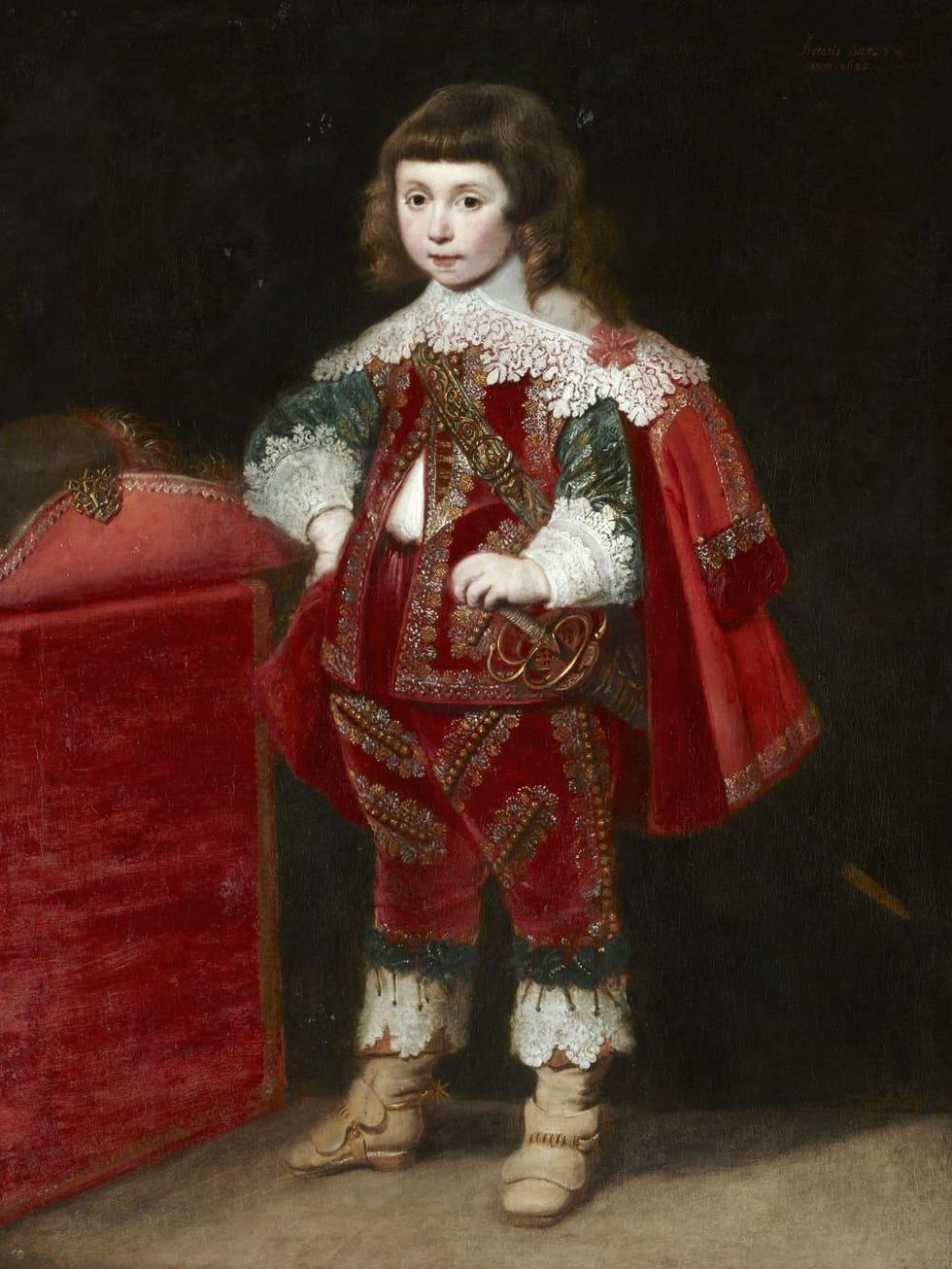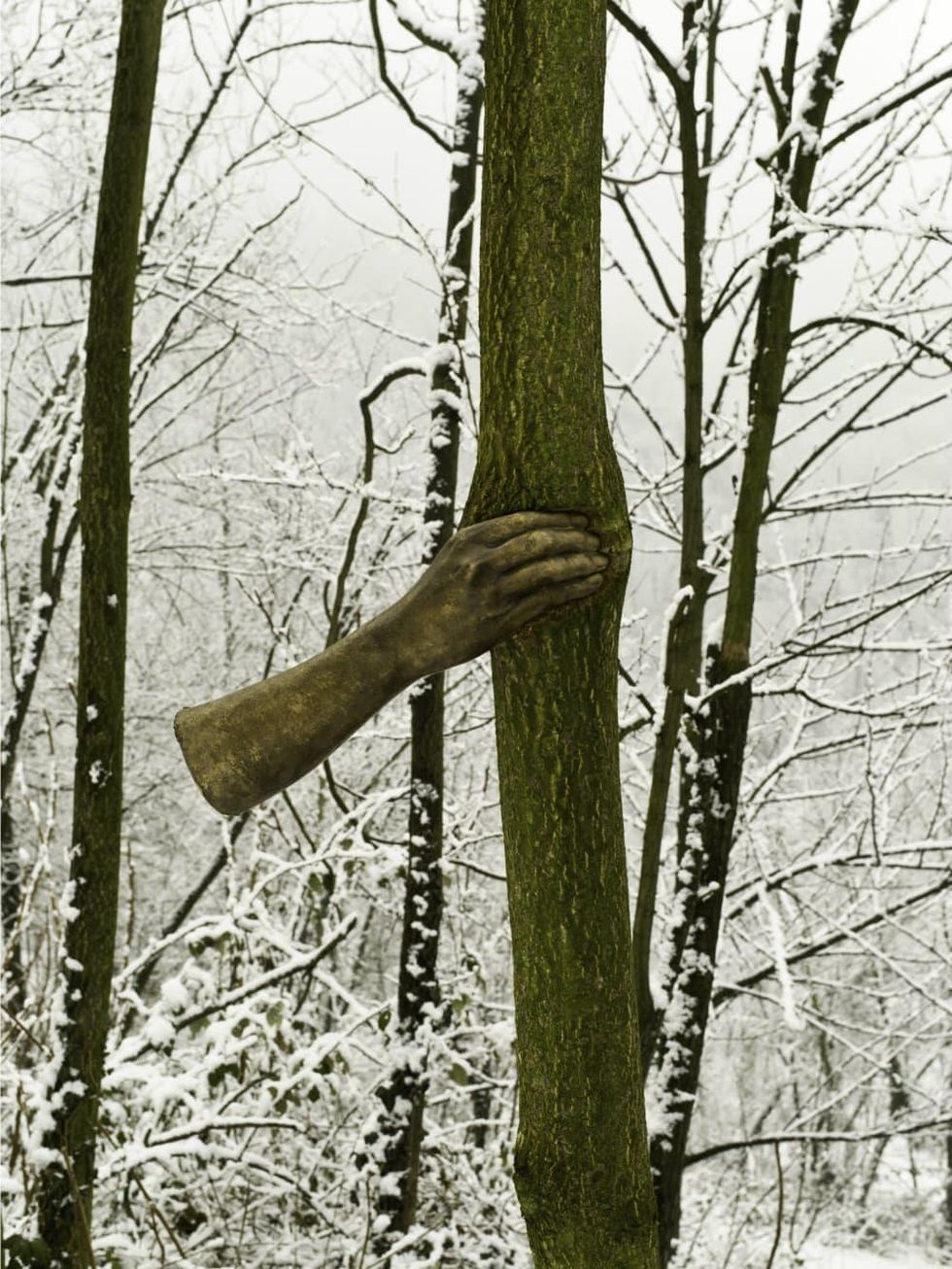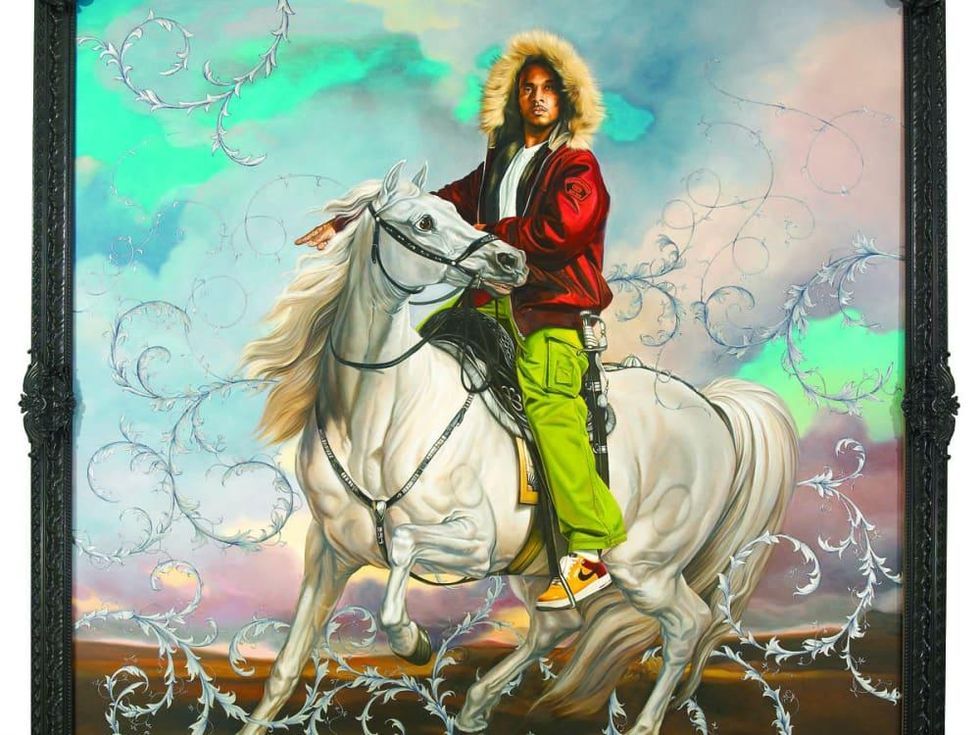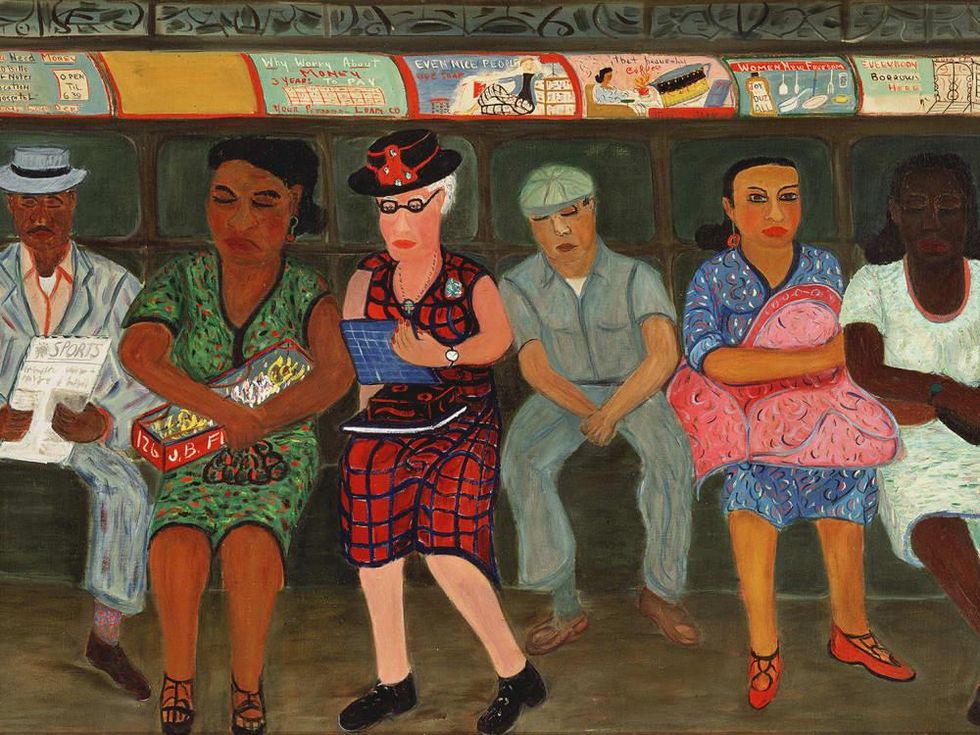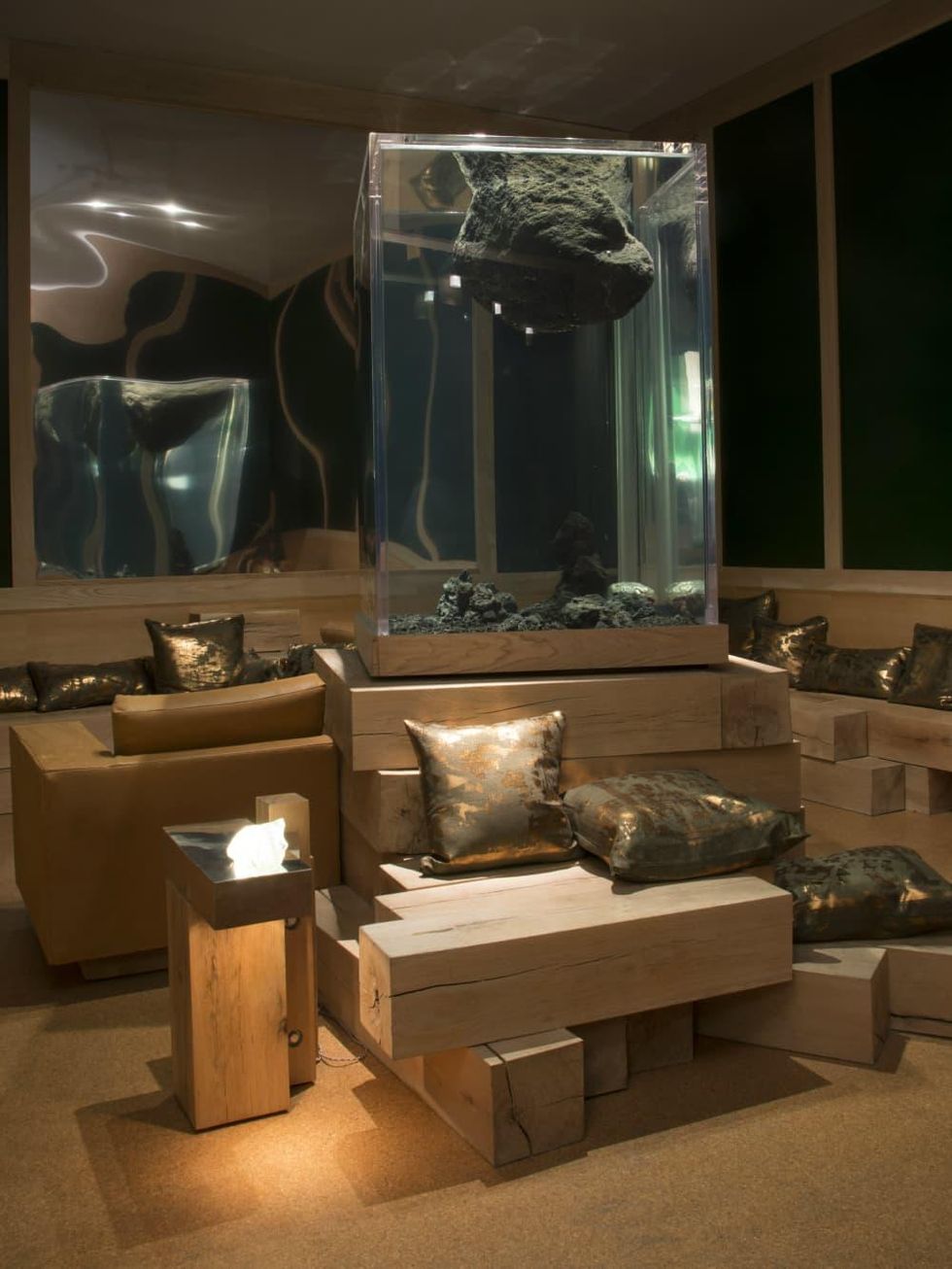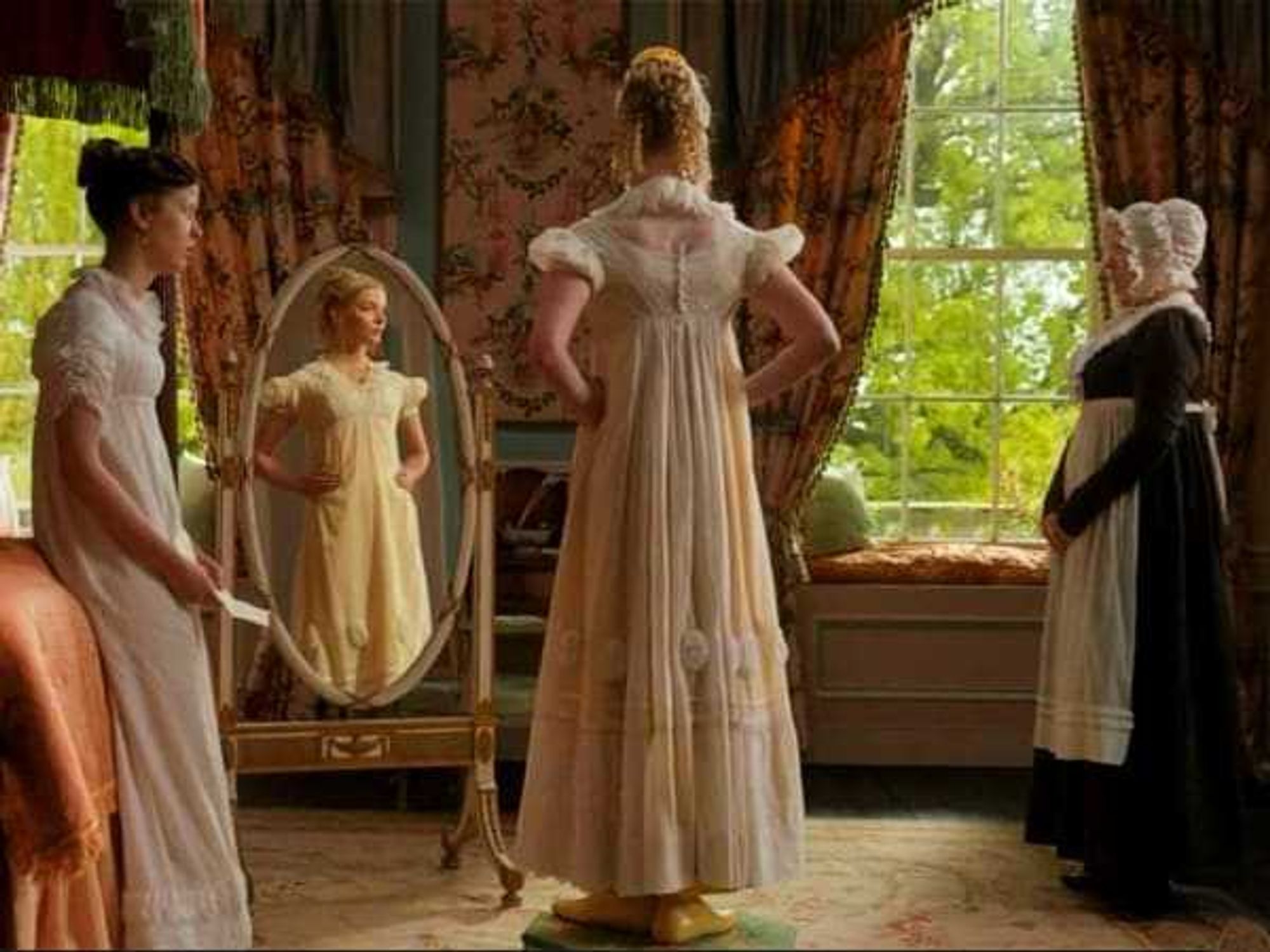Must-See DFW Exhibitions
8 major art exhibitions every Dallas-Fort Worth museumgoer must see now
Whatever your taste — Pop Art to pop-up salons to classic portraiture — Dallas-Fort Worth museums are staging some undeniably significant exhibitions for fall 2015 and beyond. Here are eight unmissable shows for the season, in order of opening date:
Treasures from the House of Alba: 500 Years of Art and Collecting at Meadows Museum
Through January 3, 2016
Never before allowed to leave Spain, these 130 pieces from the likes of Goya, Ingres, Rubens, Rembrandt, and Renoir are ripe for the study of European art. Including portraits from one of the world’s most significant aristocratic families as well as a logbook of Christopher Columbus’ journey to the New World, the exhibition “represents an unprecedented moment of art historical discovery,” according to the show’s curator (and former director of the Museo Nacional del Prado) Fernando Checa Cremades.
He says he hopes that “displaying and studying these masterpieces will spark a new wave of research and scholarship in the field, and will build our understanding of these celebrated artists and their legacy.”
Lest the show sound too scholarly for popular tastes, the rarity of getting up close and personal with this rarely seen collection makes it a must-see for every local.
Self-Taught Genius: Treasures from the American Folk Art Museum at Amon Carter Museum of American Art
Through January 3, 2016
Part of a nationwide tour that began in New York and will travel to New Orleans, St. Louis, and Tampa after its Texas stop, “Self-Taught Genius” brings everything from indigenous signs to primitive paintings, all from the American Folk Art Museum’s collection. Crafted by self-taught talents, the work — which includes a large panel by outsider artist Henry Darger — is complemented by an exhibition of Texan folk art gathered from private collections.
Expressive and personal, these works are inherently American as they embrace the self-actualization that is a cornerstone of our unique culture.
Giuseppe Penone: Being the River, Repeating the Forest at Nasher Sculpture Center
Through January 10, 2016
Italian sculptor and performance artist Giuseppe Penone created his earliest works in a forest, and in some senses he never left. Exploring the connections between natural and cultural forms throughout his career, his first U.S. exhibit in 30 years unveils his adept exploration of materials, including clay, bronze, wood, even tubers, as in a pile of potatoes molded into pieces of the artist’s face.
On display in the galleries and garden of the Nasher, his works have a melancholic air, as the viewer grows further and further from an idyllic relationship with nature. If a tree falls in the forest and no one Instagrams it, does it make a sound?
Kehinde Wiley: A New Republic at the Modern Museum of Fort Worth
Through January 10, 2016
A smash success in its former iteration at the Brooklyn Museum, “A New Republic” is a lush, gorgeous, and entirely contemporary exhibition, despite its roots in the tradition of master European portraiture.
An overview of Kehinde Wiley’s 14-year career, the show blends the rich paintings he is known for with bronze busts and stained glass, all portraying the African-American male in a heroic fashion derived from the Renaissance and old masters. Impactful for both their larger-than-life dimensions and their rich, decorative backgrounds, the works nonetheless have a very down-to-earth appeal. For much of the Brooklyn Museum's youthful urban audience, it was the first time they could see themselves on the walls of such an important institution.
Says the Modern’s curator Andrea Karnes, “In 2008, I organized a focus exhibition with Kehinde. I remember during the run of that show, our staff marveled at the scores of youth and teens in the galleries who were simply amazed at his work. Kehinde’s work, for its beauty and its messages about race, class, and gender in today’s world, resonates with people of all ages, and it seems to particularly speak to youth and teens in profound ways.
“We hope that teachers and parents across DFW and even beyond will bring their students in to see the exhibition.”
International Pop at Dallas Museum of Art
Through January 17
The term “Pop Art” brings to mind the oversized (and occasionally overhyped) works of Warhol, Lichtenstein, and Rauschenberg. But the societal and artistic impact of the silver ’60s wasn’t limited to U.S. shores — the phenomenon of Pop was equally impactful in France with its Nouveau Réalisme movement; Brazil, who gave us Concretism and Neo-Concretism; Japanese Anti-Art; and Germany’s Capitalist Realism, to name but a few.
A great success at the Walker Art Center, “International Pop” is a groundbreaking exhibition exploring the breadth of the movement in a bold, bright, and — dare we say — populist way.
Say exhibition curator Gabriel Ritter, “This exhibition sheds light on how pervasive and truly international the Pop phenomena was. By considering developments in Argentina, Brazil, Germany, and Japan, this exhibition introduces audiences to a wealth of artists and work that they likely have never heard of.
“First and foremost, I think this is what keeps this exhibition and Pop Art itself fresh for a new generation. By questioning what Pop was, the exhibition simultaneously redefines what Pop is.”
The work of Ushio Shinohara, Eduardo Costa, Leon Ferrari, Delia Cancela, Antonio Henrique Amaral, and Evelyne Axell may be new to visitors, but viewing it should help prove why Pop continues to have such a significant impact on contemporary art well into the 21st century. Costa, Hayworth, and Shinohara themselves will be onsite October 16 at 7 pm to discuss their multiple narratives.
Chalet Dallas at Nasher Sculpture Center
Through February 7, 2016
Love or hate the concept, Chalet Dallas gives the art cognoscenti plenty to talk about. Launched with an over-the-top dinner for members (complete with a marching band), artist Piero Golia’s installation is meant to serve as a “luxurious gathering space that integrates architecture; entertainment; and works of art by Pierre Huyghe, Mark Grotjahn, Jeff Wall, and Christopher Williams.”
Whether it will evolve into the salon-style setting it is intended for remains to be seen, but locals who are looking to discuss the meaning of life will find a young man named Maneesh (aka “The Listener”) imported from the space’s Chalet Hollywood predecessor, who will be onsite through February at least three hours a day to discuss whatever your heart desires. The space will also be the site for a series of TBD surprising events, so frequent attendees are sure to have more artistic endeavors to explore as the season rolls on.
Gustave Caillebotte: The Painter’s Eye at Kimbell Art Museum
November 8 through February 14, 2016
A virtual stroll through the streets of Paris, the paintings of Impressionist Gustave Caillebotte capture riverside strolls, wealthy shoppers, and hardworking laborers, the urbanites of the City of Light in the mid-19th century. More realistic than his colleagues Degas, Monet, and Renoir, these often-cinematic works have a slice-of-life appeal that belies this master’s relatively unknown status.
Jackson Pollock: Blind Spots at Dallas Museum of Art
November 20 through March 20, 2016
Over four years in the making, “Blind Spots” is the first exhibition in three decades to survey Pollock’s “black paintings” and the largest survey ever presented. Illuminating the artist’s process while examining works created at the height of the his celebrity, “Blind Spots” is a coup for the DMA, which is touting it as a “once-in-a-lifetime” artistic experience, as the museum is the only venue outside Europe to exhibit the works.
Co-organized with the Tate Liverpool (which opened the show in June 2015), the exhibition’s main draw is likely to be 28 black enamel and oil paintings, but a rare display of Pollock’s sculptures should garner equal attention.
Says Gavin Delahunty, senior curator of contemporary art, “Pollock made over a dozen sculptures during the summer of 1956 when he was working alongside Tony Smith. He destroyed most of them, and the three wire sculptures in our show are all that is left.
“These are presented with two additional sculptures he created during his career: a terracotta sculpture (c. 1949-50) and a carved stone head from the early 1930s. When Pollock felt unable to paint he turned to sculpture, and it was a medium that he was drawn to his entire career as an artist.”
For those willing to dig deeper into the artist’s process, Delahunty will monitor a conversation about the significance of the black paintings within Pollock’s practice on November 11 at 7 pm.
